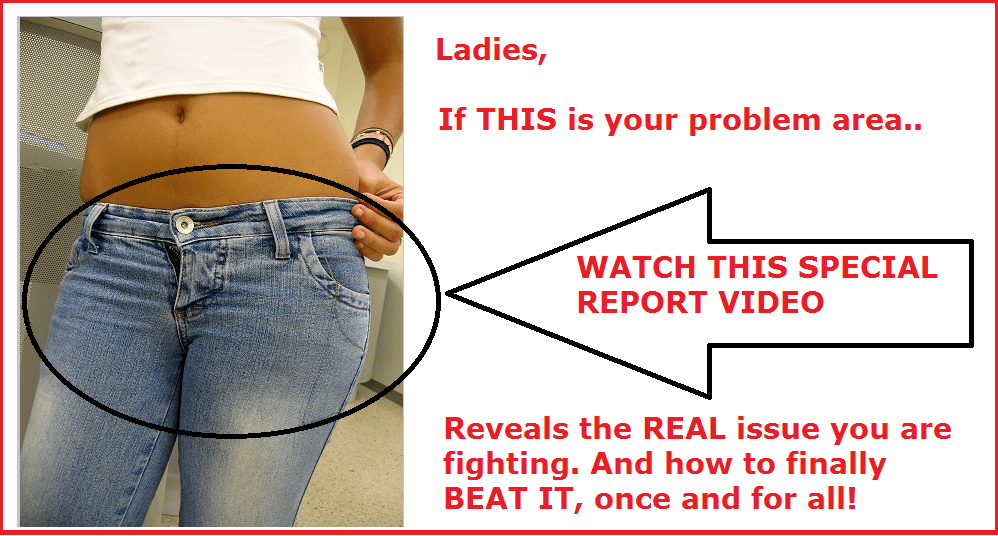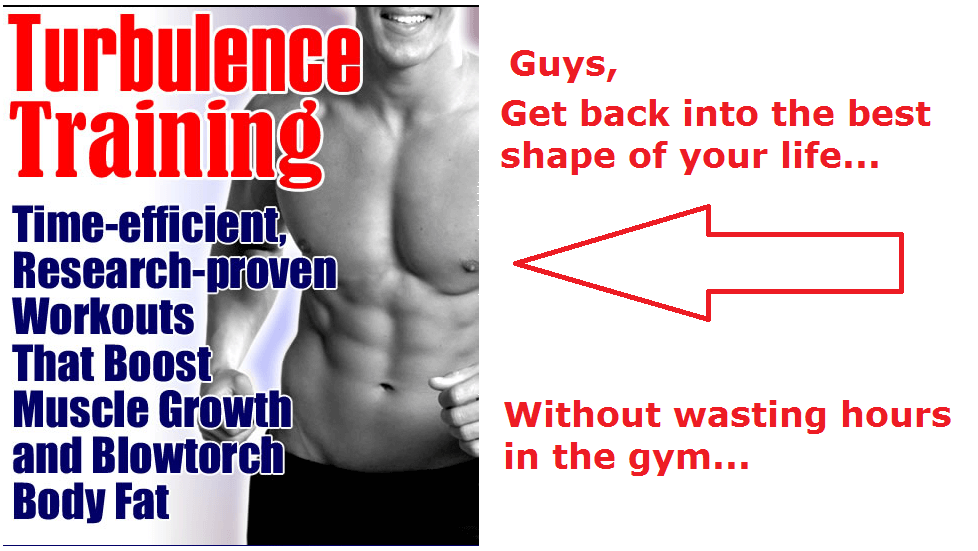How To Lose Weight With Hypothyroidism
For more details, click here:
To subscribe:
Losing weight and keeping it off can be a struggle.
Especially if you have an underactive thyroid. Your metabolism has slowed down and you’re almost always feeling tired.
In this video we’re looking at 4 steps required to successfully lose weight with hypothyroidism.
TITLE – How To Lose Weight With Hypothyroidism
Slide – 1. Optimise Your Thyroid Medication
If your medication is not helping to correct thyroid hormone levels, as well as relieve symptoms, then weight loss goes from difficult to impossible.
Determine what type of medication is better for you, and also find the optimal dose required. While Levothyroxine is on average more effective, dessicated thyroid is a useful alternative that is reportedly much better tolerated.
There is no difference between taking your thyroid hormone meds in the morning vs evening. Choose whatever is easier for you to have it on a fasting stomach.
SLIDE 2. Cut Back on Added Sugars and Refined Starches
I need to begin with this clarification:
Carbohydrates are not inherently bad for you. That is, they do not make you fat or sick on their own.
That said, carbs in the form of added sugars and highly refined starches are unhealthy and unnecessary. They offer almost zero nutritional benefit and make up a large portion of the excess calories we consume.
Cutting back on added sugar is the most simple and direct way to cut out excess “empty” calories.
This is done by limiting intake of junk foods, flavoured drinks, alcohol, white bread, most cereals, and a good portion of packaged food in your supermarket’s “health food” aisle.
Now it’s unrealistic (and unfair) to expect yourself to completely avoid added sugar every day of the year. But you need to begin taking actionable steps that help you cut back and form healthier habits.
Start by not having junk foods at home, or at least keep them out of sight in a cupboard you never use.
3. Base Meals Around Vegetables and Protein
If you want to lose weight with an underactive thyroid, vegies and a source of protein should be the foundation of almost every meal you make, and plated first when serving.
The main benefit of protein is that it’s much more satiating than both fat and carbs.
That means it has a unique ability to reduce appetite and therefore your overall caloric intake too.
STUDY –
Studies show high protein diets may also reduce obsessive thoughts about food by 60% and cut desire for late-night snacks by half (3, 4).
Foods high in protein include meat, seafood, eggs, nuts, legumes (beans) and dairy.
Protein is also the muscle-building nutrient, so a high protein diet complements regular exercise.
Nutrient-dense meals are even more important for those with hypothyroidism and other autoimmune diseases, where nutrient absorption and deficiency are more common.
Emphasis goes to green leafy vegetables, mushrooms and cruciferous vegetables like broccoli, cauliflower and cabbage.
As a general guide, the protein portion of your meal should be the size of your palm, and salad/vegetables the size of your hand. This would leave about 1/4 or less of your plate for healthy carbs if you so choose (such as rice or potato).
4. Increase Your Intake of Selenium and Zinc
Selenium and zinc are two critical nutrients directly involved in thyroid function and metabolism.
Selenium is an essential mineral that helps the body to recycle iodine. That’s the reason the thyroid has the highest selenium content (per gram of tissue) of all our organs.
It’s thought that low selenium levels contribute to hypothyroidism through alternate mechanisms related to iodine.
For this reason it’s fundamental to eat a diet that contains many selenium-rich foods, such as:
Brazil nuts
Tuna and sardines
Beef and chicken
Eggs
Legumes
Zinc is an essential mineral required to regulate TSH, which is a hormone from the brain that controls how much thyroid hormone your thyroid produces.
In fact, the metabolism of zinc and thyroid hormones are closely interlinked, which is why a deficiency can lead to alopecia (hair loss).
While zinc deficiency is very uncommon in the developed world, it’s still recommended to eat a variety of zinc-rich foods (8). This includes:
Oysters and shellfish
Beef and chicken
Legumes, nuts and seeds
Milk and yoghurt.
Okay so I hope you found those 4 tips useful… In all honesty I’ve only JUST scratched the surafce here, there are certainly more steps to follow on after these ones. To find out more you can click the link in the description or on the youtube card where I’ve written about hypothyroidism and much more detail.
Dietitian: Joe Leech (MSc Nutrition)
Our sponsor:
 Click Here to go directly to the video for Women
Click Here to go directly to the video for Women
Please visit our sponsor:
Be sure to check back Soon. New videos added daily. Get the best tips, tricks and techniques for losing weight.Find some that work for you, and feel great.
For more details, click here:
To subscribe:
Losing weight and keeping it off can be a struggle.
Especially if you have an underactive thyroid. Your metabolism has slowed down and you’re almost always feeling tired.
In this video we’re looking at 4 steps required to successfully lose weight with hypothyroidism.
TITLE – How To Lose Weight With Hypothyroidism
Slide – 1. Optimise Your Thyroid Medication
If your medication is not helping to correct thyroid hormone levels, as well as relieve symptoms, then weight loss goes from difficult to impossible.
Determine what type of medication is better for you, and also find the optimal dose required. While Levothyroxine is on average more effective, dessicated thyroid is a useful alternative that is reportedly much better tolerated.
There is no difference between taking your thyroid hormone meds in the morning vs evening. Choose whatever is easier for you to have it on a fasting stomach.
SLIDE 2. Cut Back on Added Sugars and Refined Starches
I need to begin with this clarification:
Carbohydrates are not inherently bad for you. That is, they do not make you fat or sick on their own.
That said, carbs in the form of added sugars and highly refined starches are unhealthy and unnecessary. They offer almost zero nutritional benefit and make up a large portion of the excess calories we consume.
Cutting back on added sugar is the most simple and direct way to cut out excess “empty” calories.
This is done by limiting intake of junk foods, flavoured drinks, alcohol, white bread, most cereals, and a good portion of packaged food in your supermarket’s “health food” aisle.
Now it’s unrealistic (and unfair) to expect yourself to completely avoid added sugar every day of the year. But you need to begin taking actionable steps that help you cut back and form healthier habits.
Start by not having junk foods at home, or at least keep them out of sight in a cupboard you never use.
3. Base Meals Around Vegetables and Protein
If you want to lose weight with an underactive thyroid, vegies and a source of protein should be the foundation of almost every meal you make, and plated first when serving.
The main benefit of protein is that it’s much more satiating than both fat and carbs.
That means it has a unique ability to reduce appetite and therefore your overall caloric intake too.
STUDY –
Studies show high protein diets may also reduce obsessive thoughts about food by 60% and cut desire for late-night snacks by half (3, 4).
Foods high in protein include meat, seafood, eggs, nuts, legumes (beans) and dairy.
Protein is also the muscle-building nutrient, so a high protein diet complements regular exercise.
Nutrient-dense meals are even more important for those with hypothyroidism and other autoimmune diseases, where nutrient absorption and deficiency are more common.
Emphasis goes to green leafy vegetables, mushrooms and cruciferous vegetables like broccoli, cauliflower and cabbage.
As a general guide, the protein portion of your meal should be the size of your palm, and salad/vegetables the size of your hand. This would leave about 1/4 or less of your plate for healthy carbs if you so choose (such as rice or potato).
4. Increase Your Intake of Selenium and Zinc
Selenium and zinc are two critical nutrients directly involved in thyroid function and metabolism.
Selenium is an essential mineral that helps the body to recycle iodine. That’s the reason the thyroid has the highest selenium content (per gram of tissue) of all our organs.
It’s thought that low selenium levels contribute to hypothyroidism through alternate mechanisms related to iodine.
For this reason it’s fundamental to eat a diet that contains many selenium-rich foods, such as:
Brazil nuts
Tuna and sardines
Beef and chicken
Eggs
Legumes
Zinc is an essential mineral required to regulate TSH, which is a hormone from the brain that controls how much thyroid hormone your thyroid produces.
In fact, the metabolism of zinc and thyroid hormones are closely interlinked, which is why a deficiency can lead to alopecia (hair loss).
While zinc deficiency is very uncommon in the developed world, it’s still recommended to eat a variety of zinc-rich foods (8). This includes:
Oysters and shellfish
Beef and chicken
Legumes, nuts and seeds
Milk and yoghurt.
Okay so I hope you found those 4 tips useful… In all honesty I’ve only JUST scratched the surafce here, there are certainly more steps to follow on after these ones. To find out more you can click the link in the description or on the youtube card where I’ve written about hypothyroidism and much more detail.
Dietitian: Joe Leech (MSc Nutrition)

